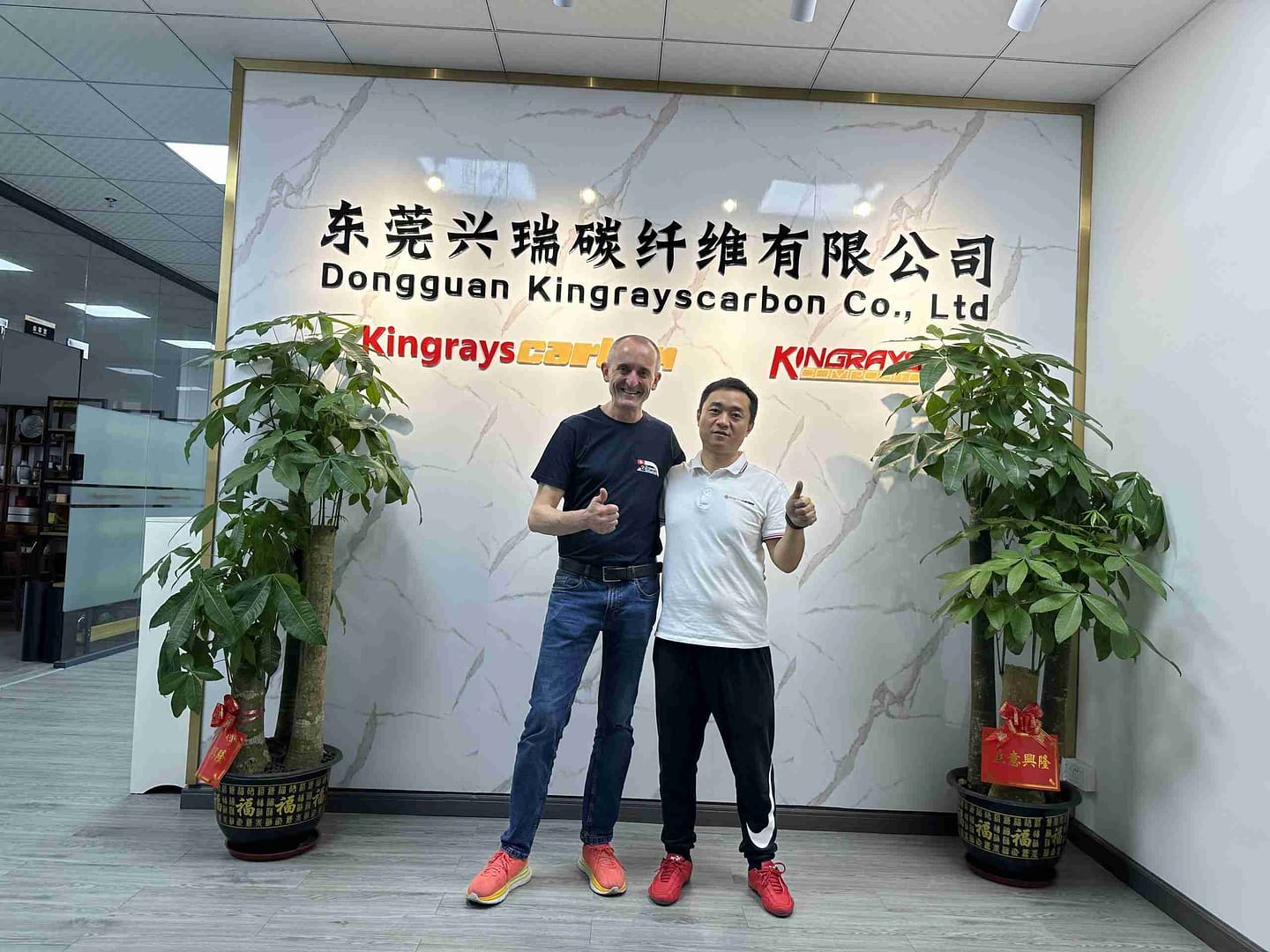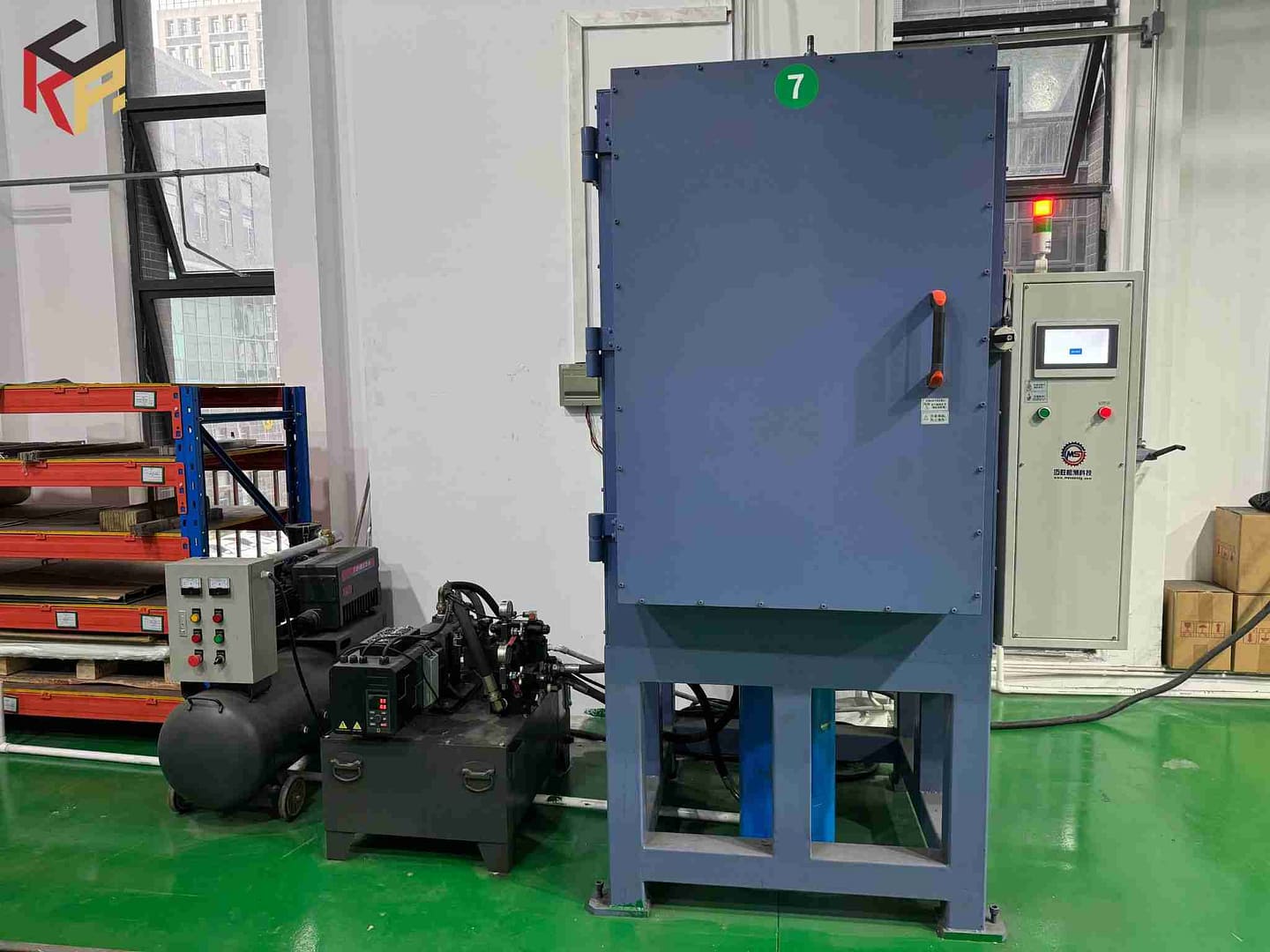
With an excellent strength-versus-weight ratio, carbon fiber tubes are crafted for applications that demand durability alongside weight minimization
Constructed by bonding carbon fiber reinforcements into a cured resin matrix, the tubes become a high-performance composite
Carefully arranged carbon filaments contribute outstanding tensile performance and stiffness, with the light resin minimizing mass
Together these properties give designers the freedom to produce structures that are both tough and lightweight
Carbon fiber tubing is applied in aerospace, automotive, athletic equipment and healthcare device construction
Carbon fiber tubing in aviation supports lighter fuselage and wing designs, contributing to better fuel efficiency and aerodynamic performance
In automotive design, these tubes bolster suspension systems and chassis structures to improve handling while minimizing weight
High-precision carbon fiber square tubes designed for superior structural integrity
In applications demanding low mass and strong structural behavior, carbon fiber square tubes are increasingly favored by engineers
Careful precision manufacturing creates square carbon fiber tubes with strong mechanics and flexible design adaptability
Formed by aligning carbon fibers and consolidating them with a structural resin, these square tubes present strong resistance to compression and tension loads
Because of their inherent stiffness, square carbon fiber tubes are well-suited for tasks that demand strong structural integrity
Whether in aircraft assemblies, vehicle frames or professional sporting gear, square carbon fiber tubes sustain reliable performance in demanding contexts
Moreover, the low mass of these tubes aids in improving fuel consumption and optimizing system efficiency
- Furthermore, their dimensional accuracy makes integration into complex assemblies seamless and reduces costly adjustments during manufacturing
- Thus, industries that target advanced performance and efficiency increasingly rely on square carbon fiber tubes
Custom rectangular carbon fiber tubes delivering tailored strength and performance
Carbon fiber’s combination of high strength-to-mass ratio and stiffness renders it perfect for challenging engineering tasks
These rectangular or prismatic profiles produce optimized mechanical behavior and excellent performance outcomes
Manufacturers can tailor these tubes precisely to meet structural integrity, load-bearing and mechanical requirements
Fabricators are able to manufacture high-precision rectangular carbon fiber tubes for aerospace, sporting and industrial applications
The adaptability of rectangular carbon fiber tubes fosters development of novel solutions that elevate performance and functionality
Carbon fiber plate technology providing superior stiffness and impact resilience
Carbon fiber plates are known for exceptional stiffness and are well suited to high-load applications
Made by consolidating carbon fibers into a resin matrix, the plates provide strong resistance to bending and deformation
The toughness and impact resistance of these plates come from the fibers’ capability to endure and dissipate impact energy
Integrated carbon fiber tube-and-plate composites engineered for advanced mechanical performance
In advanced material applications carbon fiber (CFRP) tubes and plates have become preferred choices due to outstanding mechanical advantages
Suitable for a broad range of industries, these lightweight yet strong composites are used in aerospace, automotive, sports and consumer-specialized products
The ability to create complex geometries while keeping stiffness and reliability enables broader application of these composites
Improvements in production methods have increased cost-effectiveness and scalability, enabling wider industry access
Integrating carbon fiber tubes and plates into designs yields advantages including exceptional strength with reduced mass versus traditional materials
Their durability against corrosion and fatigue supports longer life cycles and dependable performance in demanding contexts
The unique performance of carbon fiber composites advances material science and shapes emerging engineering solutions
Examining how carbon fiber tubes and plates are applied across industries
Robust carbon fiber tubes and plates have earned widespread traction and recognition in a variety of sectors
The superior strength-to-weight ratio and mechanical characteristics make them suitable for extensive application ranges
Common applications include aerospace, automotive and construction, where they form structural elements that demand high strength and durability
Equipment for sports such as cycling and golf often employs carbon fiber plates and tubes to raise performance levels
Medical applications increasingly adopt carbon fiber for prosthetics, instrument components and assistive technologies
Applying carbon fiber tubes and plates to achieve strategic lightweighting
Through carbon fiber integration, industries achieve large reductions in weight while still meeting stiffness and strength demands
Tubes are commonly used where high stiffness and low mass are priorities, for example bicycle frames and wind turbine blades
Plates are chosen for their stiffness and impact resistance in aerospace structural parts where stability and load capacity are critical
Cutting-edge material science expanding carbon fiber capabilities
Carbon fiber serves as a materials science phenomenon prized for high strength and toughness
Exceptional characteristics originate from fine carbon fibers set in a polymer matrix that yields both light weight and high strength
Increasing applications in aviation and automotive result from the performance and fuel-efficiency gains tied to weight reduction
Carbon fiber integration in vehicles creates lighter, stiffer components that raise performance, handling and safety levels
The versatility of carbon fiber spans aerospace and automotive structures and many other fields
Carbon fiber composites have transformed fields like aerospace and automotive by offering excellent strength-to-weight ratios
By reducing mass, these materials support high-performance, fuel-efficient and durable vehicle and aircraft designs
In automotive applications carbon fiber integrates into body panels, chassis parts and sometimes full structural frames to lower weight and boost performance
Carbon fiber plate and tube technology is continually pushing engineering frontiers
Their ability to combine high strength with low weight has reshaped engineering in many industries
These robust, light materials are adopted in aerospace, automotive and medical sectors that prioritize performance and less mass
As an example, aerospace integration of carbon fiber parts results in significant fuel savings and better aerodynamics
In the auto industry, carbon fiber contributes to lighter builds that accelerate better and handle more responsively
- To harness carbon fiber well you must grasp its mechanical behavior, production constraints and relevant design trade-offs Proper leveraging of carbon fiber involves understanding its performance attributes, manufacturing constraints and trade-offs in design Successful implementation requires carbon fiber plates knowledge of carbon fiber behavior, fabrication methods and necessary design compromises Effective use depends on understanding the material’s behavior, manufacturing limits and design trade-offs
- Carbon fiber tubes and plates are set for ongoing growth and broader application across sectors
- More research and development will advance properties and expand practical uses
- Therefore, carbon fiber materials will likely assume an ever-growing role in engineering and industrial production
Unlocking peak performance with carbon fiber: a practical guide
Carbon fiber’s exceptional strength-to-weight and stiffness make it a premier choice for enhancing performance across sectors
The guide covers properties, applications and integration techniques to help designers leverage carbon fiber effectively
From aerospace and automotive engineering to sports and electronics, carbon fiber contributes to superior performance
To harness carbon fiber well you must grasp its mechanical behavior, production constraints and relevant design trade-offs
The diverse range of industries where carbon fiber is making a significant impact.